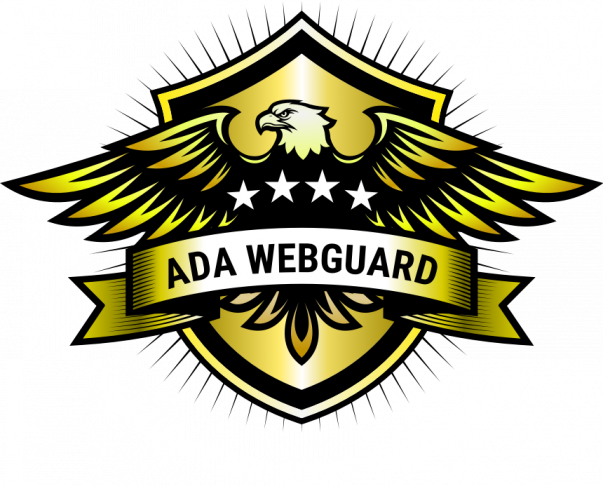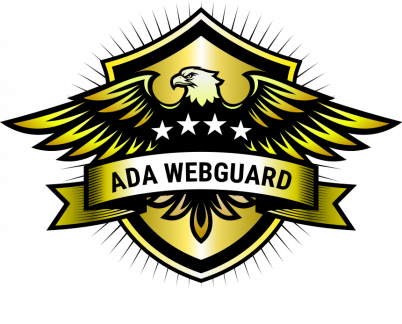When talking about Web Accessibility, there are three organizations to consider. WCAG (Web Content Accessibility Guidelines), ADA (Americans with Disabilities Act), and Section 508. It is essential to know the difference between WCAG, ADA, and section 508 and what level of compliance you’re interested in adhering to for your website developers to best assist you with creating the perfect solution.
All three standards –WCAG, ADA, and section 508 – have the same goal: to make website’s, electronic and information technologies accessible to people with disabilities (e.g., color blindness, vision disabilities, hearing disabilities) in a way that is comparable to the access available to others.
WCAG
The Web Content Accessibility Guidelines (WCAG) are part of a series of web accessibility guidelines published by The World Wide Web Consortium (W3C) Web Accessibility Initiative (WAI).
The guidelines and Success Criteria are organized around the following four principles, which lay the foundation necessary for anyone to access and use Web content.
Principle 1: PERCEIVABLE
Typography, Images, Audio, and Video.
Principle 2: OPERABLE
Interfaces and Navigation, Keyboard Navigation, Progressive Enhancement
Principle 3: UNDERSTANDABLE
Be Simple and Explicit, Avoid Assumptions
Principle 4: ROBUST
Semantic Markup, Responsive Design
ADA
The federal Americans with Disabilities Act (ADA) require certain businesses to make accommodations for people with disabilities, including such measures as wheelchair accessibility to physical locations, access for service animals, and the use of braille. In addition to these physical considerations, In most Jurisdictions, Title III of the ADA requires businesses to maintain an accessible website.
Businesses considered “public accommodations” are required to comply with ADA Title III. Essentially, any business that regularly serves the public is considered a public accommodation.
Here is a list of some public accommodations:
- E-Commerce
- Inns, hotels, and motels
- Restaurants and bars
- Bakeries and grocery stores
- Any sales/retail outlet
- Social service centers
- Laundromats and dry cleaners
- Accountants and lawyers’ offices
- Health care providers’ offices
- Public transportation
- Recreation venues
- Schools
- Banks
- Gyms
- And more
Section 508
If you are doing business with the government or maintaining electronic and information technology as a government entity, your digital content must be accessible and compliant to all end users. By Law, you must comply with Section 508 of the Rehabilitation Act of 1973.
Section 508 doesn’t apply to federal agencies only. It also impacts any company that does business with a federal agency. This includes private contractors, the financial industry, healthcare, many legal organizations, and others.
Does the Law actually require your website to be accessible?
For federal agencies and their contractors, yes, they are required to conform with Section 508. For private businesses, the answer is more complicated: they’re not required by law to comply with any specific standard like WCAG, but they are enforceable in most State and Federal courts. In most Jurisdictions, Title III of the ADA requires businesses to maintain an accessible website.
For example:
Case Domino’s Pizza vs. Guillermo Robles
The case was initially brought by a blind man named Guillermo Robles, who sued the pizza chain after he was unable to order food on Domino’s website and mobile app despite using screen-reading software.
A panel of the 9th U.S. Circuit Court of Appeals sided with Robles, writing that the “alleged inaccessibility of Domino’s website and app impedes access to the goods and services of its physical pizza franchises—which are places of public accommodation.”
For more information or to get a FREE web page accessibility evaluation, please visit ADA WebGuard or call at 833-263-5410


